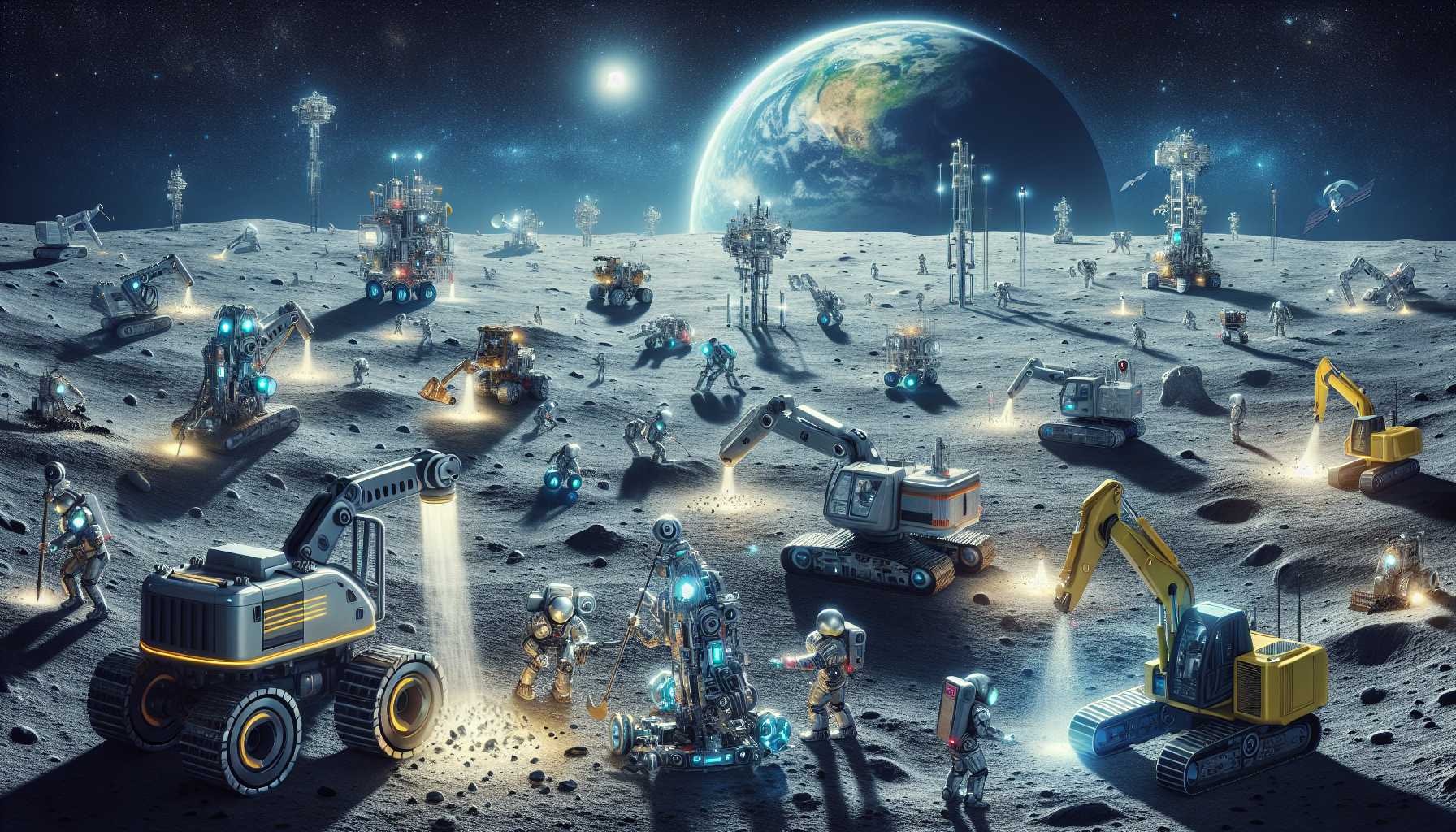The Puzzling Path of The TikTok Ban
In the rollercoaster world of social media, TikTok might find itself subject to a thrilling plot twist—the looming TikTok ban is the twist nobody saw coming, or did we? We’re almost half a decade into the drama that is the ‘Protecting Americans From Foreign Adversary Controlled Applications Act,’ and I must say, the acronym PAFFACAA does ring with a certain dramatic flare, but let’s stick with ‘The TikTok Ban’ for sanity’s sake. The whispers in the virtual corridors of Congress suggest that action might finally be on the table, with President Joe Biden poised to ink the deal, should it sashay across his desk. As a tech enthusiast and commentator, I find this saga filled with intrigue and almost cinematic suspense. Despite the relative quiet concerning TikTok’s connections to China after several years, the app could face a major shakeup. The potential ban ignites a variety of questions surrounding digital sovereignty and geopolitics that are as spellbinding as they are consequential. Yet, as we gaze into the crystal ball of tech destiny, we must ask ourselves: is this the overture to an outright ban, the prelude to a sale, or will it end with a fizzle and maintain the status quo? Like a gripping narrative, the stars of the tech industry stand by for their cue – Meta, Snap, and a mysterious ‘X’ figure prominently in the shadows, poised to reap potential rewards from TikTok’s possible curtailment.
Is the Moon ‘The’ Ultimate Gold Rush?
Switching gears from the digital battlescape to the literal new frontier, we’re now moonwalking into a fascinating prospect that reads more like high-concept science fiction than fact. Sit tight, because Interlune—a smorgasbord of space enthusiasts and Moon ambitious mavericks—is about to grab helium-3 right off the Moon’s dusty surface. The Moon, bombarded over billions of years by the energetic solar wind, holds bountiful caches of helium-3, an element so scarce on our planet yet ravenously sought after by titans in quantum computing and the future-forward avenue of nuclear fusion reactors. The element’s allure lies in its potent possibilities, from energizing next-gen green power plants to propelling quantum technologies to prospects yet undreamed. Interlune’s leap to lunar exploitation reflects a bold vision shared by tech pioneers and space enthusiasts alike. The brainchild of former Blue Origin stalwarts and the living legend of Apollo 17’s fame, Interlune envisions the Moon as more than a celestial body; they see it as an untapped treasure trove. This vision has garnered a whopping $15 million in star-fueled funding and stands as a testament to the enduring human spirit that looks to the cosmos and sees opportunity. Mind you, we’re not loading cargo ships with lunar spoils just yet. The practical steps of designing robotic landers, verifying helium-3 deposits, and eventually harvesting them remain steep challenges. But isn’t this what spurs us forward? The audacious belief that what was once thought impossible is merely a problem awaiting a solution is the heartbeat of progress.
Regulation, or the Space Rush’s Dark Side?
Yet, with every new frontier, we must brace ourselves for the unknown, and lunar mining raises questions that stretch beyond technological prowess. As pioneers rush to stake their claim, regulating this new industry becomes essential lest we mar the Moon’s mystique or trigger cosmic chaos. NASA, seemingly catching the Moon fever, too, prepares to dip its own galactic tools into the lunar sandbox, setting sights on harvesting beyond helium-3, envisioning a whole industry extracting water, iron, and rare metals. The Space Resource Exploration and Utilization Act adds an interstellar twist to the concept of property, stating that any resources obtained in space belong to whoever yanked them from the celestial clutches. An idea that sounds more at home in a space opera than legal text is now a genuine policy that could pioneer space rights or, if misstepped, set forth a cosmic gold rush with unforeseeable ripples through space and time. Technical advances and legislative frameworks will need to dance a delicate tango to ensure the lunar bounty benefits humanity while preserving the sanctity of our silver satellite above. As a tech investor and space enthusiast, I keenly observe this balance act, optimistic that with the right combination of innovation and regulation, the Moon can indeed be humanity’s next great milestone. In closing, whether we’re discussing the mercurial fate of TikTok or the unfolding saga of moon mining, one thing is palpably clear: technology continues to push the boundaries of what we thought possible, ever onwards into the future’s vast and mysterious expanse.



